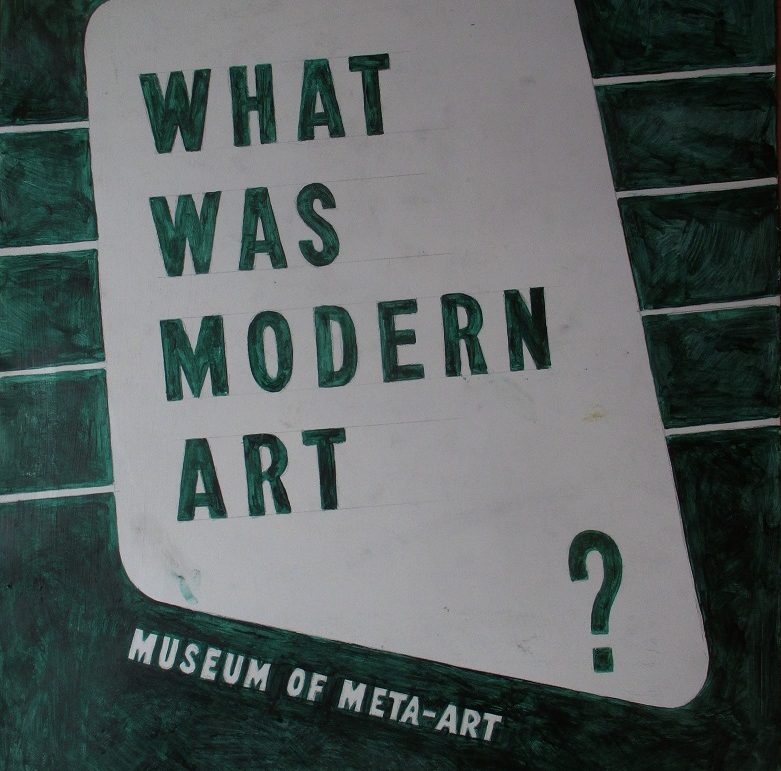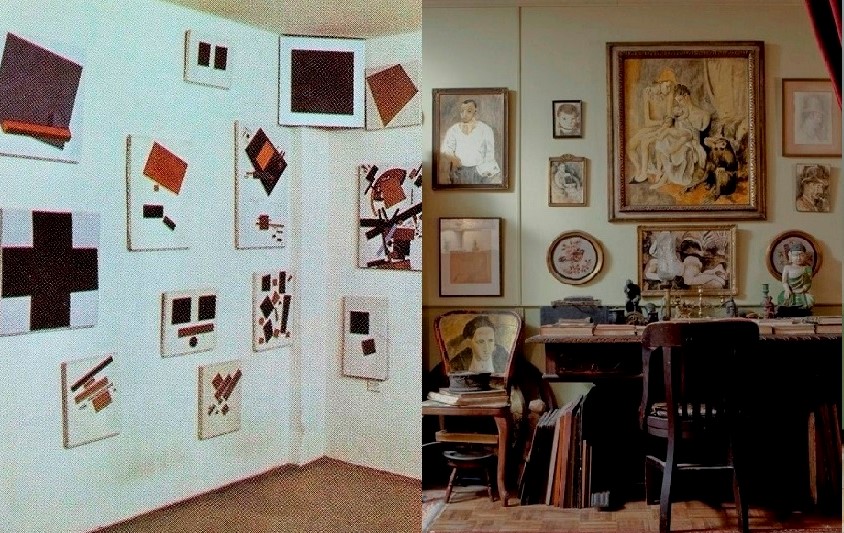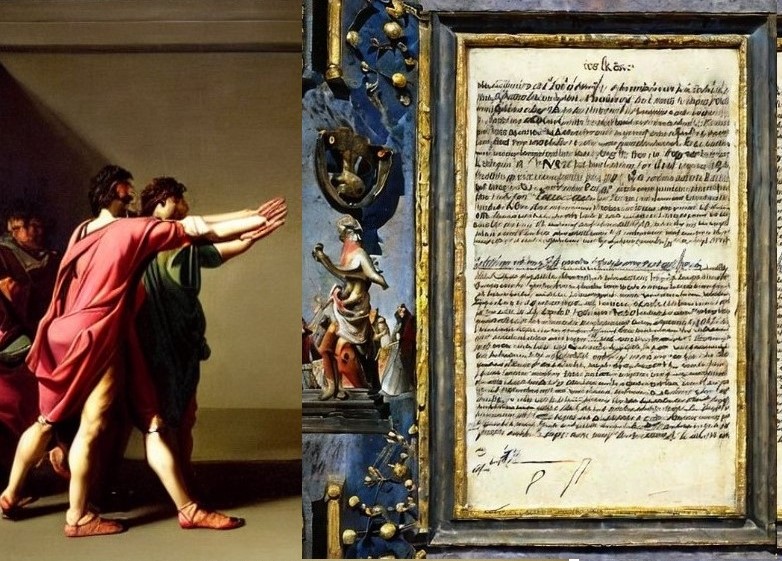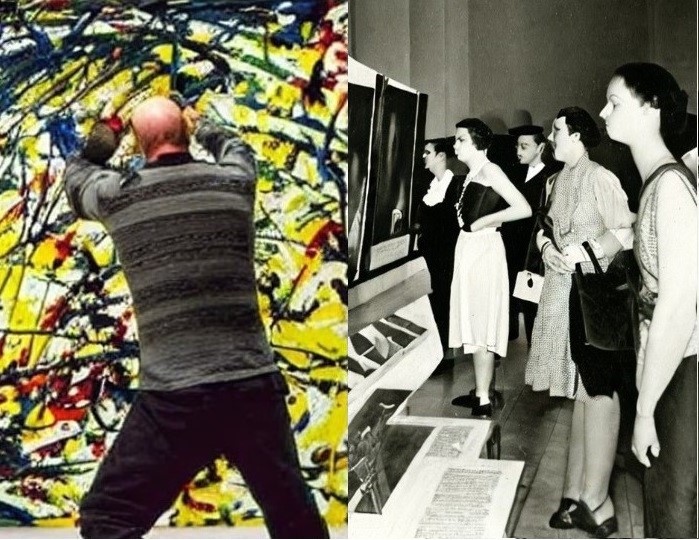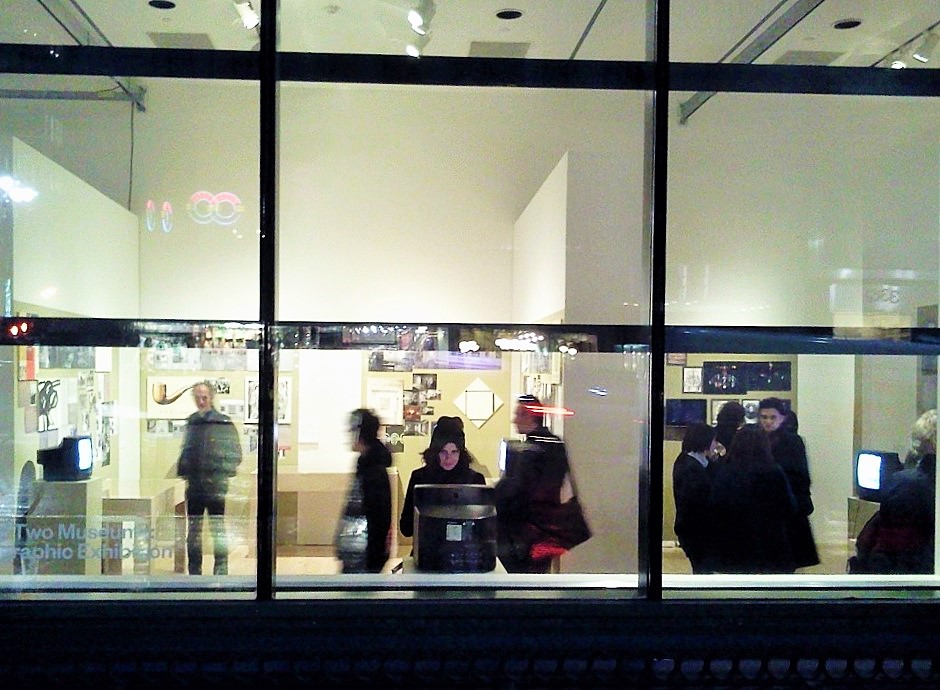Self-Portraits Continue reading ” Self-Portraits”
Category Archives: Uncategorized
Once when Salon was Salon
AI Remembering Salon de Fleurus
Bing:“The Salon de Fleurus was a fascinating and mysterious place, where art and culture converged in a simulacra of the past. It was a place where visitors could experience the beauty and mystery of the Parisian salon in a New York apartment.“
Fiction Reconstructed
Exhibition “Fiction Reconstructed” took place in the year 2000 at the SKUC Gallery in Ljubljana. It brought together “The Last Futurist Exhibition” from 1985 by Kazimir Malevich , the “International Exhibition of Modern Art” which was dated 1993 in New York while it took place 1986 in Belgrade, and the collection of the “Salon de Fleurus” fromContinue reading “Fiction Reconstructed”
Arrêt Libéraux
One day from a land not far away to the king’s court came a painter already known and admired for his skills. He was very much surprised when learned about the powerful gild of painters, since in his land there was not such a guild and painters were free. When he told the king about this, king immediately assembled his council and issued a decree that painting is not a craft but a liberal art thus free of any guild. It is after this decree that the painting instead of being a skill became a product of the mind. It no more belonged to the glass or cabinet making and slowly became associated with poetry and even philosophy.
The Beautiful View
The notion of the “future” as a distinct category of time emerged gradually over the course of the modern era, which began in the 16th century and extends to the present day. During this period, there were major changes in economic, social, and cultural structures that led to the emergence of new ways of thinking about time and the future.
Since the Enlightenment, the idea of the future has become a central aspect of modern culture and society. From science fiction to futurism, from strategic planning to personal goal-setting, the future is a pervasive and powerful concept that shapes the way we think about our lives and our world.
Modern Art Tales by AI Artisan
As the world of art continued to expand, new technologies emerged that allowed artists to merge the physical and digital worlds. “Augmented Reality Art” allowed viewers to experience works of art in a new and immersive way, overlaying digital elements onto the real world. “Mixed Reality Art” took this even further, creating fully interactive works of art that responded to the viewer’s movements and actions.
But amidst all this innovation and progress, some artists began to question the role of technology in art. They longed for a return to the tactile and physical nature of traditional art forms, and thus a new movement was born – “Analog Renaissance.” Artists utilized materials such as wood, stone, and metal to create works that were both timeless and contemporary, paying homage to the traditions of the past while embracing the possibilities of the future.
A Story of Two Museums
Unlike a tale or a myth, in which time could be undefined or cyclical, history is a story about the past organized chronologically and populated by unique characters, objects and events. And unlike a tale or a myth, it is presented as objective recollections of events from the past. Most of the museum exhibits today are organized chronologically along a linear time line having an open end toward the future.
However, there is no such thing as an objective history. Histories are constructed from a certain perspective and we should not confuse a history as a story with the event that it’s describing.
Original and Copy
“While the object of Mondrian’s interest can be read from the original painting, the same could not be said for its copy.” A copy is a painting by all its properties, but its idea is outside the painting itself…” “If the original is worthless (like the “Harbingers of the Apocalypse”), does that imply that its copy is also worthless?… I consider the copies of the “Harbingers of the Apocalypse” to be more important than the original, although they do not differ at all.” “I think that questions such as the relationship between original and copy, truth and falsehood, sense and nonsense, are legitimate subjects of philosophical consideration. I believe that this paper (“A Philosophical Treatise on Absurdity”) could raise the question of the exclusivity of verbal language in philosophy” (from the “Moment” no.2, 1984)
Remembering Modernity…
The old wunderkammer was a collection of (usually) disconnected exhibits, each one with its own specific story. The new one could be a graph-like structure with some of its exhibits connected in certain ways, either through their narratives or the way they are put on display and in this way getting additional layer(s) of meaning. And new exhibits might be added to the network or removed from it. The main question remains: what kind of vision of the future might be presented/ articulated through this kind of the display? Most likely, it could, one way or another reinterpret/ reinvents the Middle Ages and at the same time remember the Modernity, the way previously Modernity reinvented and actualized Antiquity while remembering the Middle Ages.
“Modern Art” Made in AI
A couple of days ago a friend of mine sent me a link with an AI algorithm that converts words into images. One of the first words I tried was, of course, Malevich, one of the most important artists of the 20th century modern art whose works I copied in the early 1980 looking in the reproductions from the various art books. So I typed the word “malevich” and after few seconds on the screen appeared nine images that looked like works by Malevich, but I immediately realized that something was not right. None of the “works” on the screen were by Malevich known to me, but in fact those were some kind of Malevich’s look a likes generated now by AI algorithm for the first time. As I did some copies of Malevich long time ago, it occurred to me that it might be interesting and even a bit absurd to now copy some of these AI generated “Malevichs”.
